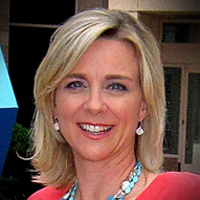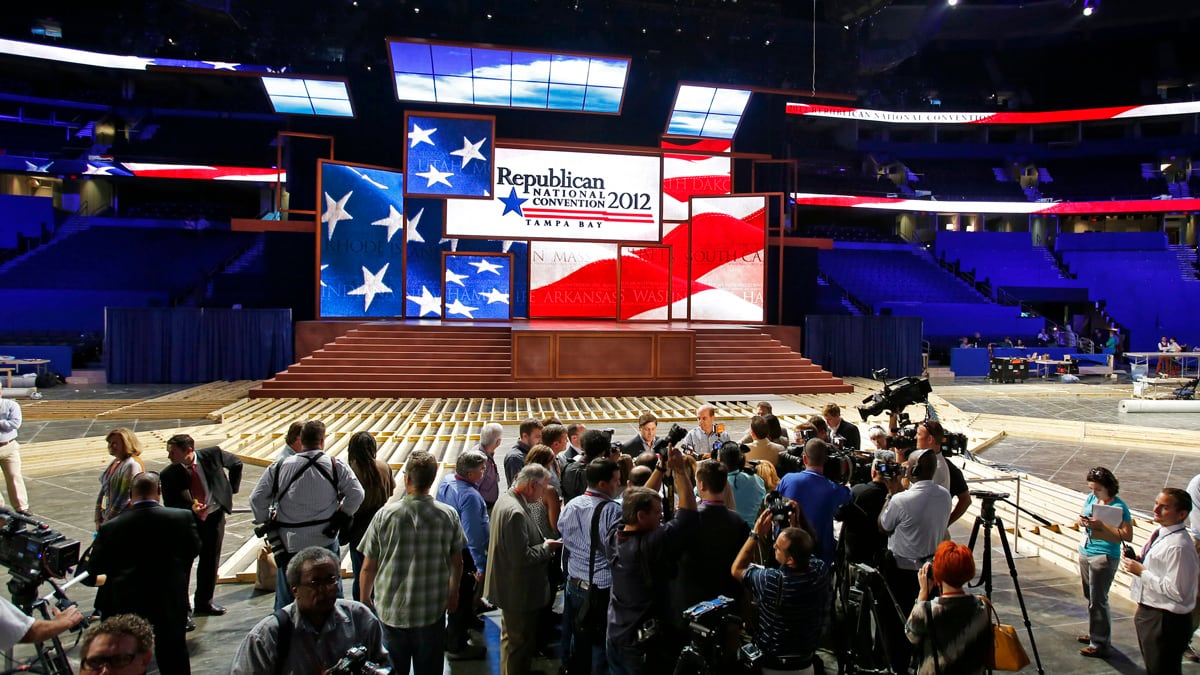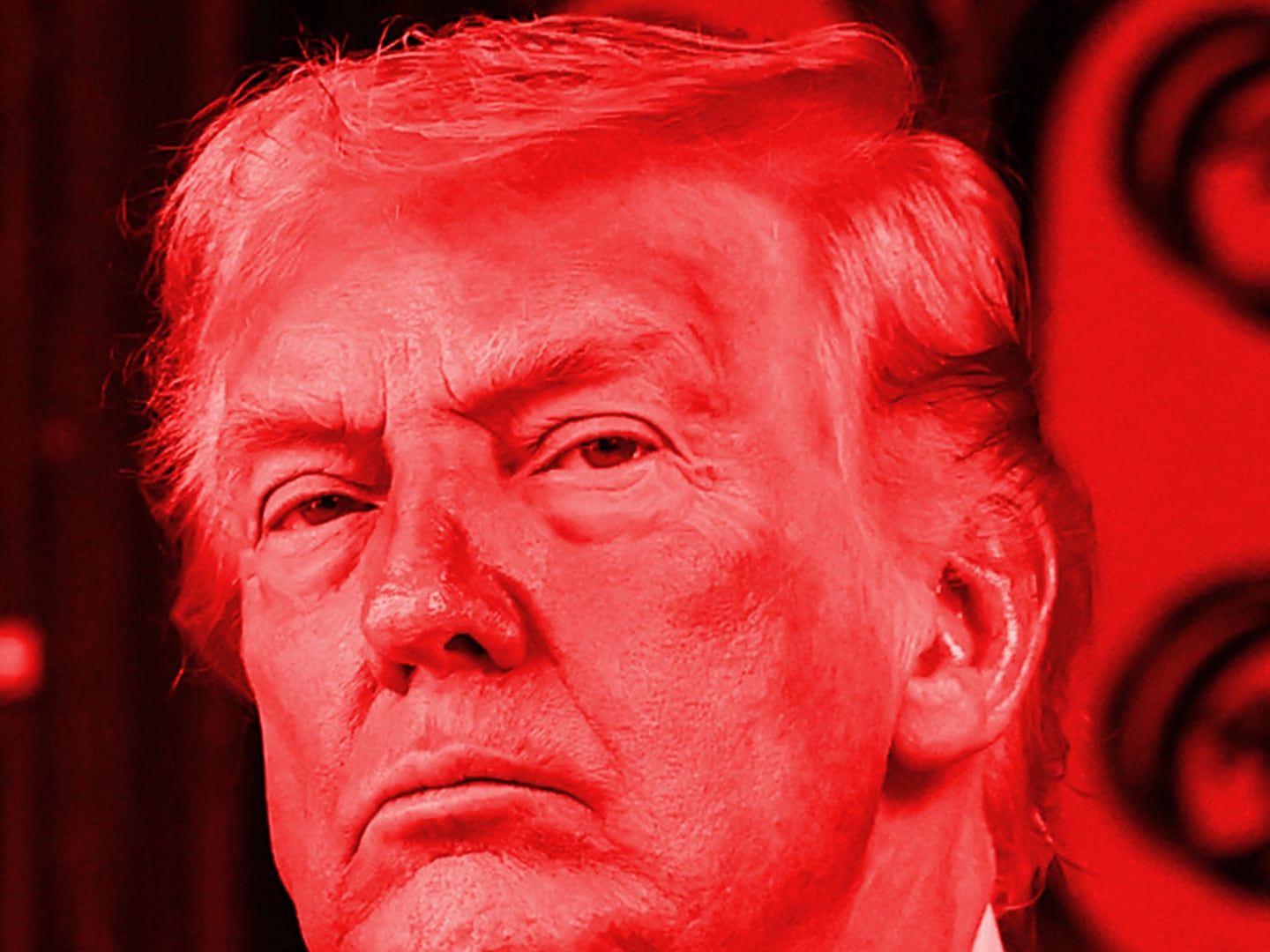The floor director counted down the seconds to airtime. Freshly powdered by makeup artists and outfitted with microphones and earpieces, guests sat ready to talk politics under the bright lights. What looked like a typical TV setup at the Republican convention in Tampa was anything but. This was a glimpse of the new world of live-streaming video, Google-style. No airwaves required.
The search engine behemoth is training its spotlight on a realm that once belonged only to the networks. No longer needed are satellite trucks or underground cables to beam talking heads to people’s living rooms. A simple Internet connection and a camera are rendering expensive gadgets obsolete. The question is whether viewers will follow.
When I walked onto the set with my Newsweek/Daily Beast colleagues at Google's futuristic media lounge in the convention center, the only discernible difference from a real set was the room temperature. (Most studios are kept at goose-bump levels, allegedly to keep the equipment from overheating. The real reason is probably closer to keeping guests and hosts from having a Broadcast News-style sweat attack.)
These new sessions are known as Google Hangouts, and they are developing a following among media and political types. Here in Tampa, as we vacated our seats, we were followed by guests from The New York Times and then The Washington Post.

When hanging out, guests in different locations can appear in boxes on the screen for a multi-city conversation, and ordinary folks can be admitted to ask questions or make comments, giving the exercise a democratic feel.Jeff Jarvis, who runs the entrepreneurial journalism program at the City University of New York and is the author of What Would Google Do?, is a fan of the new format.
“Is Google a new sort of network? The analogy falls apart pretty quickly,” he says. “Google is a new platform, a new way for anyone to become a station or a network or a ... whatever you want to call it.” “Years ago, I tried to suggest to a friend involved in a TV network that they should create a show that would use new-fangled webcams to enable panels of experts and real folks to join in discussion over the news,” Jarvis says. “The TV folks pooh-poohed me, saying that the video quality would never be good enough. Well, now Google has created the infrastructure to enable just that.”
But the naysayers had a point. The quality of the Google “newscast,” and others like it, in no way measures up to the crisp, highly-produced and massively-staffed traditional fare.
For instance, Ginny Vicario has the distinction of being the first female network “cameraman” to shoot in the field. Having spent 16 years with 20/20 working for Barbara Walters, she spoke of the importance of lighting after observing the Google operation.
“Lighting is everything. It makes or breaks careers,” she says. “The audience doesn't always know when it's good, but they know when it's bad.”
Kathy O'Hearn, a 30-year veteran producer of television news and the executive producer of Beast TV's livestream coverage in Tampa, marveled at the Google convention space. While she agrees with Vicario about the lighting—saying “it’s not quite there yet”—O’Hearn admits that Google has “an impressive set-up.”
Google has always insisted it is not a content company, but its partnership with media organizations has increasingly blurred that distinction. “It’s great for Google because we are, in a nonpartisan way, thrilled to be part of the political conversation,” says company spokesman Daniel Sieberg.
He notes that both President Obama and Mitt Romney have done Google Hangouts, with the president’s event drawing hundreds of thousands of viewers while other similar webcasts attract more modest traffic. Sieberg says Michigan Gov. Rick Synder also does hangouts regularly.
“It gives people the opportunity to have a two-way engagement, as opposed to just a straight webcast or broadcast,” Sieberg says.
As a TV gal who has reported and anchored and spouted opinions from news sets across the country, Google Hangout felt pretty real. The webby feel matches our Skype age, when blurry images and cellphone pictures have become the norm. And maybe people would rather feel connected than look at picture-perfect telecasts.






